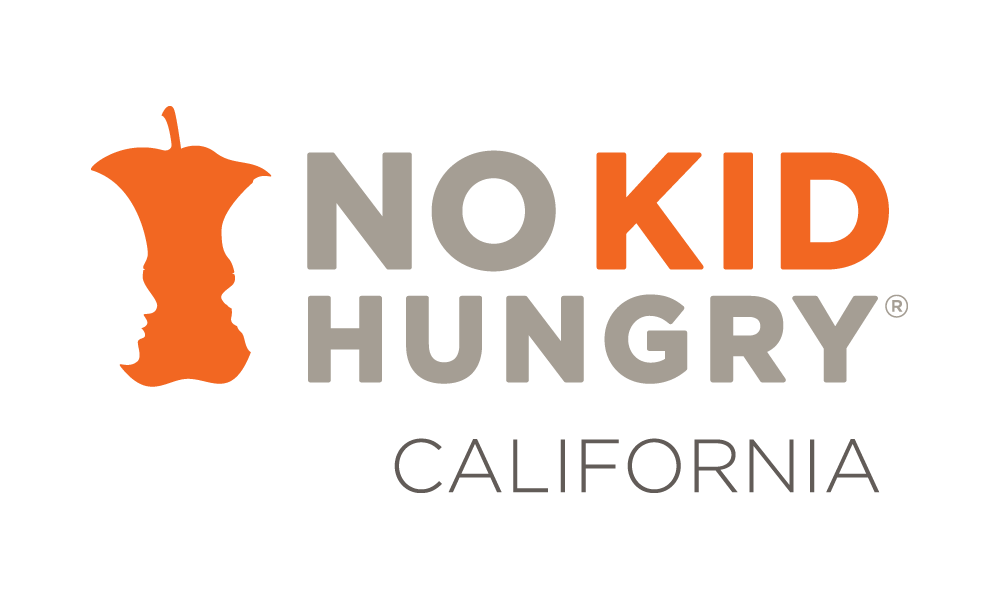“We all chose this field to make a difference in children’s lives. If you can make a difference in a child’s life by utilizing this program, climb that mountain, step by step, and make it happen.” – Janet Barth, director of nutritional services
Summer is the hungriest time of the year for millions of children who rely on school meals.
According to the latest U.S. Census data, 10 million children live in poverty, with the child poverty rate increasing to 13.7% in 2023 from 5.2% in 2021. This mirrors the latest figures from the USDA’s annual report on Household Food Security, which showed a similar uptick in child hunger. Nearly 14 million children, or 1 in 5, face food insecurity.
Thanks to years of advocacy efforts, Congress expanded a summer-long grocery benefit for kids, known as SUN Bucks in California. They also approved meal delivery options in rural areas, improving access to summer meals.
This summer, No Kid Hungry collaborated with school districts and community organizations across the U.S. to help close the hunger gap. With your support, we convened over 400 state and federal officials, community leaders and parents to share ideas and work together on ways to feed kids this summer. We also provided grants and technical support to schools and community organizations in California, which helped them purchase critical equipment, as well as hire and retain staff to run pick-up and meal delivery programs in rural areas.

The nutritional services team from Morongo Unified School District (MUSD) in San Bernardino County is a shining example of what you’ve helped us achieve.
No Kid Hungry California’s Associate Director Daisy Munguia sat down with MUSD’s Nutritional Services Director Janet Barth to reflect on how this summer program went.
Situated in California’s High Desert region, MUSD covers over 1,400 square miles and serves a diverse student population across several communities, including Morongo Valley, Yucca Mesa, Yucca Valley, Landers, Wonder Valley, Twentynine Palms, and Joshua Tree. This geographically large district is larger than the area of Washington D.C., which is under 100 square miles.

“For families to travel the distance into town to go to school, shop for supplies, or handle any other necessities, in 105 to 115 degree weather during the summer — is a big deal,” shared Barth. “For students, then to have to sit outside, and endure the heat while eating isn’t ideal. So, the new rules for non-congregate serving, where you can take your meals home— it’s wonderful for us and for the families.”
With MUSD’s rural feeding program, rather than driving into town every day for the kids to eat one meal, families come down into town once a week to pick up five days’ worth of school breakfast and lunches for children. Barth and the nutritional services team used a QR Code system where parents could pre-register and decide between two different boxes every week.
Families had the option to pick which summer meal boxes met their needs for the week. One box had bulk items where families could create their meals together. The other box had pre-made and ready-to-eat meals their child could easily take out and eat. Both boxes had a variety of bulk fruits and vegetables that parents could prepare meals with.
“Each box was bountiful, including produce grown locally from the Coachella Valley,” said Barth


Despite the intense challenge of working in 100-plus-degree heat for two to three hours each day, Barth found the summer meals program to be incredibly rewarding. The gratitude expressed by families made all the effort worthwhile. A particularly touching moment came when a mother at an MUSD Board of Education meeting shared her heartfelt appreciation for Barth’s dedication, recounting her positive experience in the food line. The mother’s initial frustration of waiting for an hour in her car with her children to get meals for her family immediately vanished because of the staff member who greeted her.
“She’s got the biggest smile on her face,” said the mother. “She’s literally sweating, and she greets me like I was the first person she saw that day. She asked how she could help me, and how many meals I needed…I just have to tell you, you have the nicest people.”
Barth added, “I love this part of the summer because not only did we have the benefit of helping our community, helping our kids, but in return we also benefited, too. We were able to give some extra job security to our staff and grow closer together as a team and family.”
After this second year of sponsoring the rural feeding program, the nutritional services team knows exactly what they want to do to make it better and where they want to go to reach more children.
“I genuinely admire Janet’s heart and passion for this work, and as they plan for next summer, they aim to shift meal service to Thursday for better logistics and start earlier to beat the heat. Their dedication to improving the program and serving the community is truly commendable.” Munguia shared.
No Kid Hungry will be here to support them every step of the way. We invite you to join No Kid Hungry in helping partners like Morongo Unified School District.
Ways You Can Help
You can ensure kids have the nutrition they need to thrive in and out of the classroom and reach their full potential in a variety of ways:
- Donate. $1 can help provide 10 meals* for kids. Your support will help us fund meal programs all over the country and help us advocate for policies that will help kids get the meals they need.” *Donations help support programs that feed kids; No Kid Hungry does not provide individual meals. Learn more at NoKidHungry.org/OneDollar
- Speak up for kids. Reach out to your elected officials and ask them to do more to end childhood hunger. Tell your lawmaker to advocate for policies that will help kids get the meals they need.
- Sponsor for Summer 2025. Are you part of a school or community organization interested in offering the rural summer feeding program in your area? Visit our Center for Best Practices’ page for more information on the federal rules, eligibility and more.
By Tommy Le
Last updated: November 1, 2024



